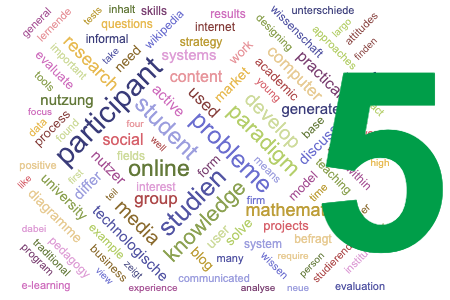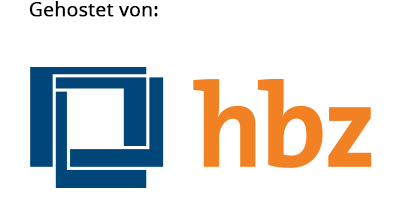Leveraging Informality Within eLearning
Schlagworte:
e-learning, eLite project, informal learning, social networks, user generated content, web 2.0Abstract
The next generation of learners expect more informality in learning. Formal learning systems such as traditional LMS systems no longer meet the needs of a generation of learners used to Twitter and Facebook, social networking and user-generated content. Regardless of this, however, formal content and learning models are still important and play a major role in educating learners, particularly in enterprise. The eLite project at DERI addressed this emerging dichotomy of learning styles, reconciling the traditional with the avant garde by using innovative technology to add informal learning capabilities to formal learning architectures.Downloads
Veröffentlicht
2009-07-14
Ausgabe
Rubrik
Projektberichte



